When the first baby laughed for the first time, its laugh broke into a thousand pieces, and they all went skipping about, and that was the beginning of fairies. And now when every new baby is born its first laugh becomes a fairy. So there ought to be one fairy for every boy or girl. —James Matthew Barrie, Peter Pan
Fairies, as defined by most everyone, are mythical beings. Mythical meaning an imaginary or fictitious thing or person.
I am of the mind, if it can be imagined, it can be real.
I’m sure back in Medieval times neither men nor women ever “imagined” the people — by popular vote — would elect a woman to govern. Yet, here we are today.
I’m sure no one before 1787 imagined a governing female unless she inherited a throne. I mean, women weren’t given the right to vote in America until 1919.
The point. Even though some individuals can’t imagine fairies doesn’t mean they don’t exist. Let’s explore and please keep an open mind to the possibilities. If you find that hard to do, remember:
Most of these new species provoke our wildest imaginings. But, I ask, if fairies are real, why haven’t we seen them?
Haven’t we humans been everywhere…
Done everything there is to do …
Discovered all there is to discover on our glorious Earth…
My answer is borrowed from a 1970’s song by the Carpenters : we’ve only just begun.
Where Did Fairies Originate?
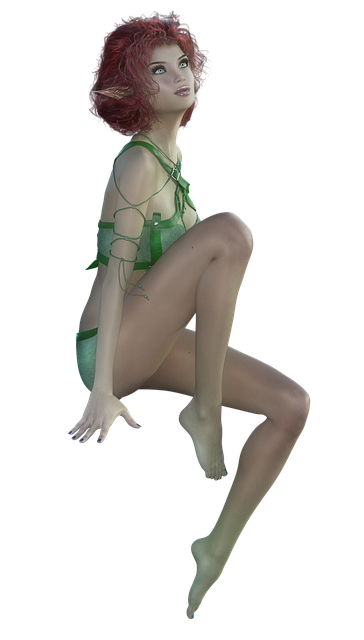 I’ll give you one guess as to is the earliest mention of fairies? One guess and I bet you get it right. Wherelse but The Iliad. Greek Poet Homer wrote: watery fairies dance in mazy rings. This was 1000 BC.
I’ll give you one guess as to is the earliest mention of fairies? One guess and I bet you get it right. Wherelse but The Iliad. Greek Poet Homer wrote: watery fairies dance in mazy rings. This was 1000 BC.
One of the next appearances of fairies comes in the early 13th-century English writing of statesman and writer Gervase of Tilbury (1150–1220). His best known work, Otia Imperialia, — Recreation for an Emperor — (also known as Book of Marvels) focused on history, geography, and physics.
Though Otia Imperialia is considered an encyclopedic work, it contains stories of supernatural creatures. Numerous scholars have questioned is credibility, because Gervase’s book includes fairies. Some speculate the work was written as entertainment for Holy Roman Emperor Otto IV, grandson of Henry II of England.
Gervase called his fairies portunes and they resembled very old men with wrinkled cheeks. They were the size of a little finger and worked on human farms.
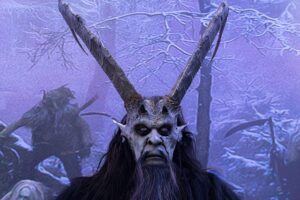
Ewww, scary, wrinkled old men doesn’t sound like the beautiful fairies I imagined. In truth, however, many of the Greek mythological creatures, like satyrs and nymphs, were considered fairies.
Fairies of Long Ago
Since the earliest of times, folklore — from around the world — has alluded to some type of fairy-like creature. And though fairies have always been portrayed as mischievous, there was a time they were believed to be evil and things to be avoided.
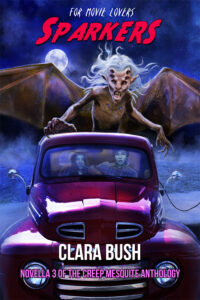
The Celts had their gnomes, brownies and hobgoblins. The Scottish told stories of banshees, who were ominous beings foretelling death.
In Norse folklore fairies were elves, mainly female, and could be small creatures, full-sized women, or invisible. The elves were said to be adept in magic and could create illusions.
The Welsh believed in a fairy family that kidnapped babies and left a changeling child in its place.
In Irish legends, fairies were the first people of Ireland and shapeshifters. The Irish were especially afraid of annoying fairies to the point they would not call them by name. Instead, the Irish referred to fairies as a collective such as the Gentry or Neighbors.
Pixies, Goblins, Trolls, and Leprechauns were also part of the fairy realm in different cultures. And in the oldest of folktales, fairies did not have wings. However, as early as the 16th century mankind’s visions of fairies changed.
Fairies of Today
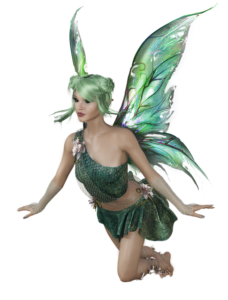 One guess as to who we have to thank for our present day notion of fairies being tiny, lithe and lean beauties come to bestow their mischievous whims upon us. One guess and I bet you get it right. Shakespeare. I knew you’d get it.
One guess as to who we have to thank for our present day notion of fairies being tiny, lithe and lean beauties come to bestow their mischievous whims upon us. One guess and I bet you get it right. Shakespeare. I knew you’d get it.
In Shakespeare’s Midsummer Night’s Dream (1595/96), fairy queen Titania, and her husband, fairy king Oberon, argue over a changeling child. The squabble results in the hilarious antics of Titania falling in love with Bottom, a man with a donkey’s head. (The ass’s head is the result of a prank instigated by Puck, fairy and servant to Oberon.)
Shakespeare’s influence gave rise to our current depictions of fairies being beautiful but mischievous. And who can question the brilliance of Shakespeare? He seemed to have some uncanny knowledge of futures and pasts no other human has ever possessed (except maybe Tesla).
My students performed Midsummer’s and won contest with their portrayals of Titania, Oberon, Puck, and Bottom. We rehearsed in a very old high school auditorium, which I’d swear was haunted by Shakespeare’s spirit. (Or should I say sprite?)
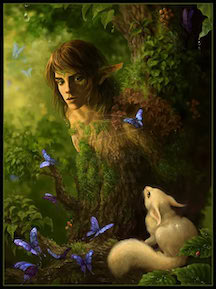
If we shadows have offended,
Think but this, and all is mended,
That you have but slumber’d here
While these visions did appear.
And this weak and idle theme,
No more yielding but a dream,
(Puck’s closing monologue asks for forgiveness
if the audience has been offended.)
—William Shakespeare, A Midsummer Night’s Dream
Where Do Fairies Live?
According to Cassandra Eason, author of A Complete Guide to Faeries and Magical Beings, one theory is that fairies live in our world but occupy a different wavelength, vibration, or dimension.
I favor the other dimension theory. You can understand why by reading one of my earlier blogs, Trapped in Three Dimensions with Ghosts. I speak of ghosts in this blog, but if you substitute fairies for ghosts you will see this as an explanation as to why we don’t readily see fairies in our 3D world.
Or…
Another theory suggests the realm of the fey exists in a parallel universe. Understand that a dimension is different than a parallel universe. I found the easiest-to-understand explanation of this difference on a website called Quora.
(I’m sure there are better explanation out there — and if you know of any please share — but for the sake of fairies let’s go with this one.)
(Paraphrased) A parallel universe is a universe like ours. We are separated by dimensions. Like our universe, our twin lives in a three dimensional world. Now, let’s say a fourth dimension — for the sake of ease — separates our universe from the parallel universe.
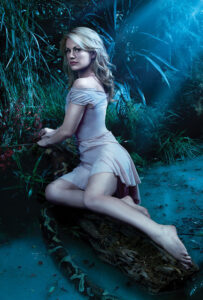
Universes and dimensions do not preclude each other. There could be several dimensions in a single universe. However, parallel universes must have common dimensions in order to be parallel. (Explanation offered by David Kitson, author of Turning Evolved.)
So if we have a twin universe out there, upon which fairies cohabitate with humans, we would never see these fairies because we are separated by a dimension (or dimensions).
However, if fairies exist in a different dimension in our universe, there is a chance — at times — we catch glimpses of them. Like the ghosts in my blog, perhaps their essence bleeds through into our three dimensional world from time to time. We might not recognize the “bleed” as a fairy because of some distortion taking place between our flat world and this fourth dimension.
Nevertheless, this doesn’t explain how fairies have become such an integral part of our folklore since the earliest of times. Unless you consider another explanation offered by Eason.
Another Explanation
Eason suggests this fairy dimension has natural doorways like in C.S. Lewis’s Narnia series that lead to our world. She says these natural entrances into the fairy realm are especially prevalent where earth energies are strong.
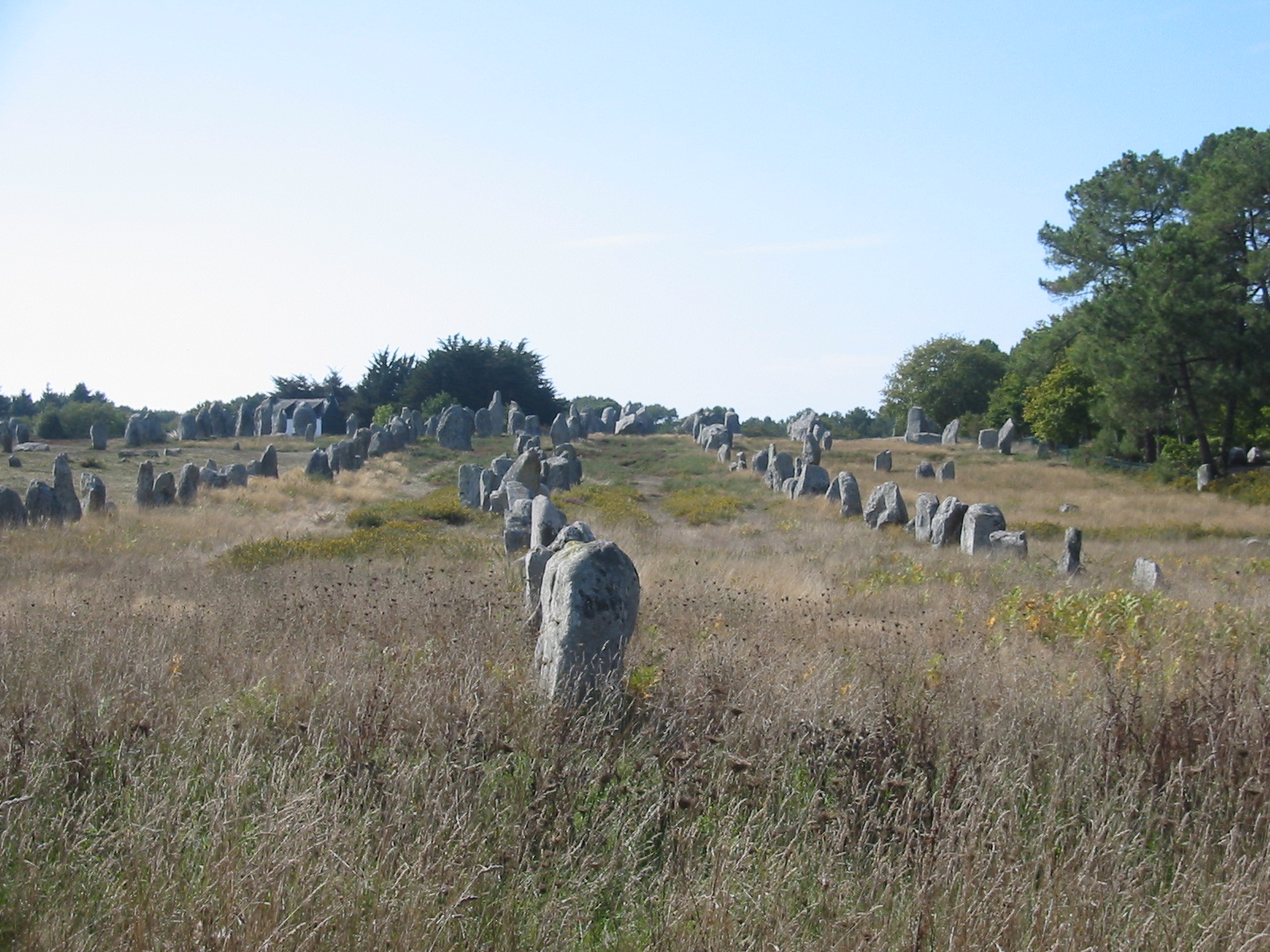
She recounts her experience at the Carnac Stones — a dense collection of megalithic sites — and presents it as possibly being one of these Fairyland doorways.
The Carnac Stones consist of more than 3,ooo prehistoric standing stones, erected by the pre-Celtic people of Brittany. It is the largest collection of its kind in the world. Many of the stones align with dolmens — a type of single-chamber megalithic tomb.
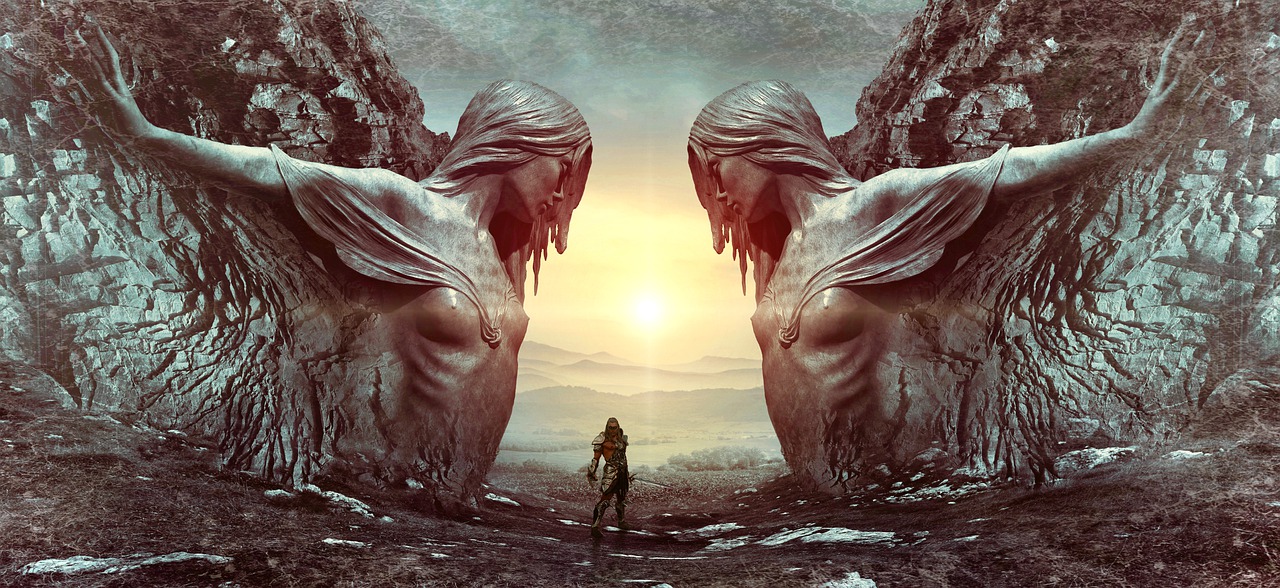
There may to something to this being a doorway to the fairies if you consider a bit of Celtic lore. These stories tell of fairies abducting humans. Because time is different in Fairyland, when a human is returned everyone he knows is either very old or dead.
A Thought: On Trying to Explain the Carnac Stones
If these stones were placed so that they do align with tombs — and the Carnac Stones do indeed mark a Fairyland doorway — perhaps back in pre-Celtic time, fairies were more active and kidnapped many a human.
Maybe the Celtic families erected the stones in honor of their abducted member. The family members may have been more intuit to their surroundings than we are today and able to see fairies. They may have believed their missing folk dead. Or they knew, if returned, those left behind would be dead or very old.
Thinking Outside the Box
During my research I found that some folks believed opening Pandora’s Box would unleash fairies into our world. Perhaps this belief is a result of Arthur Rackham’s famous painting, Pandora’s Box.
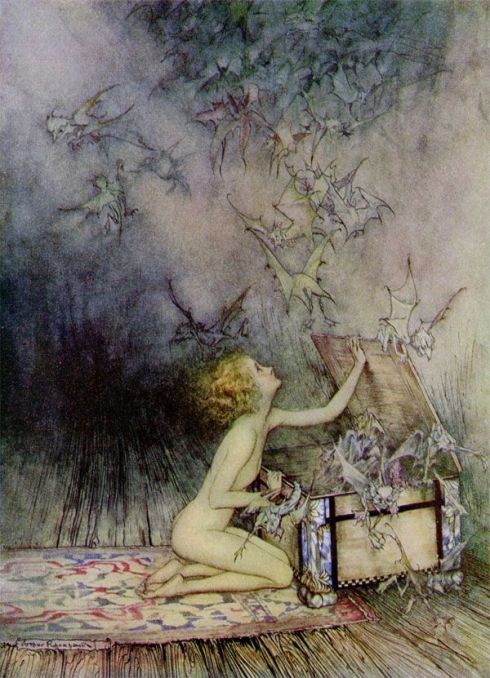
Come away, O human child!
To the waters and the wild
With a faery hand in hand,
For the world’s more full of weeping than you can understand
William Butler Yeats, ‘The Stolen Child’
***
I’ll leave you to ponder fairies. Fact or fiction? And in case you didn’t know, June 24th is International Fairy Day.
I love hearing from you so please give me your thoughts on fairies and/or an explanation for the Carnac Stones. Did you watch True Blood, if so what did you think?
My next blog will focus on proving fairies exist. And, as promised in my last blog, I will post actual photos — not doctored or edited — of fairies. These photos were taken last summer and are what caused me to start my investigation into fairies.
We will also discuss the 1917 Cottingley Fairy Hoax and attempt to answer if it was indeed a hoax. Were all the photographs Elsie Wright and Frances Griffiths took fake?
The Probe’s Mission Statement
The Probe is a blog devoted to the exploration of the unexplainable, to finding the truth in occurrences that resemble science fiction, and to researching and reporting on topics that could be flung upon the wall of weird.
New posts are featured when inspiration knocks. Or my readers/friends tell me to get busy because they need something to take their minds off 2020 — the year nightmares came true.

- Coghlan’s Traveling Coffin Urban Legend - April 4, 2024
- Richmond Vampire Urban Legend - March 7, 2024
- Lick Lick Urban Legend - February 8, 2024
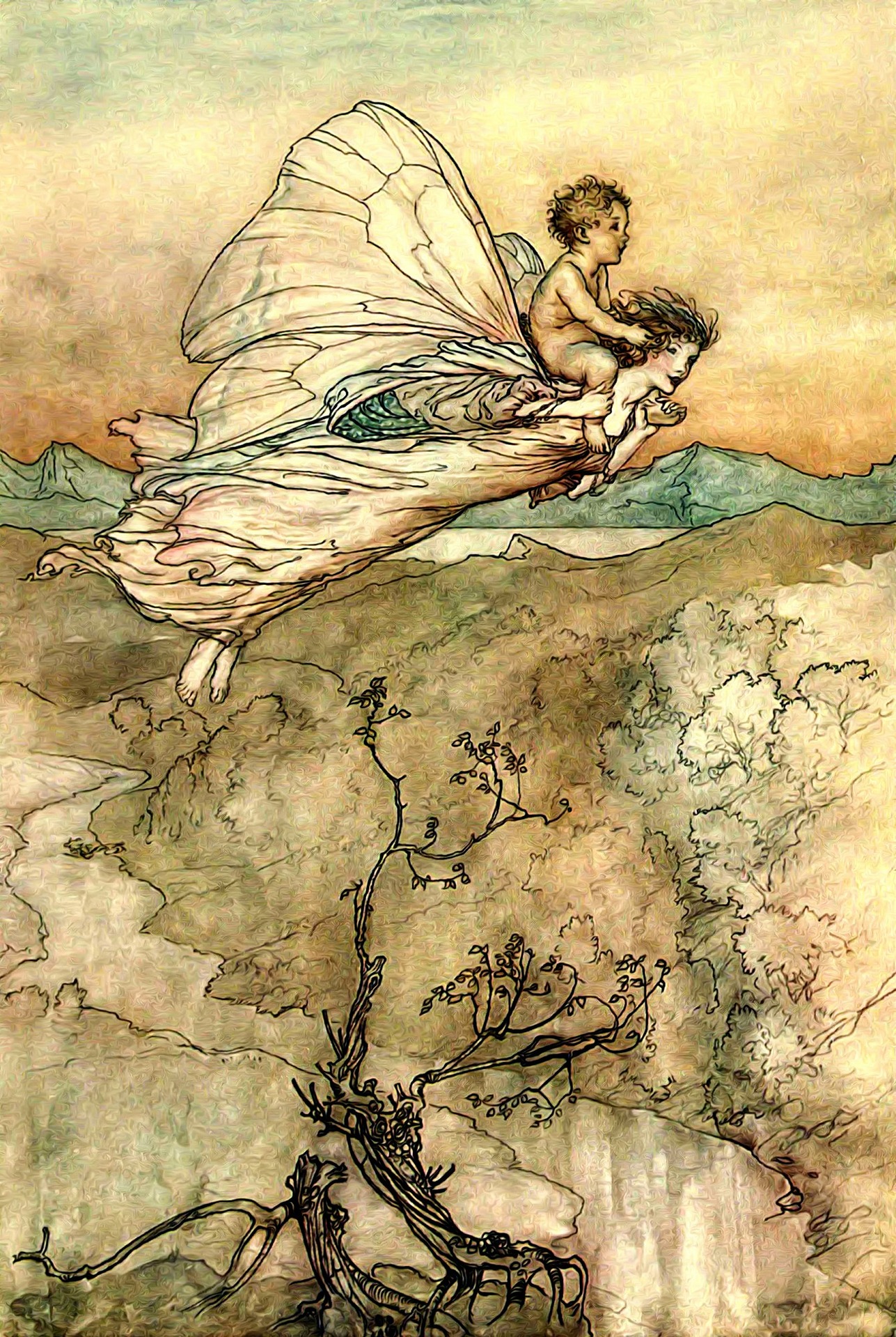

2 replies on “If You Believe in Fairies, Part I”
I believe, I believe in faerie’s.
I loved True Blood🧚🏻♀️🧛🏻♀️
Me too. Me too, Maggye. And I’m clapping my hands.
Thank you for your comment and the loan of your fairy library. And the photos! Couldn’t have done it without you. —Clara